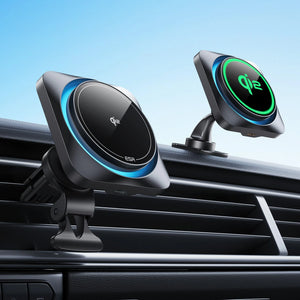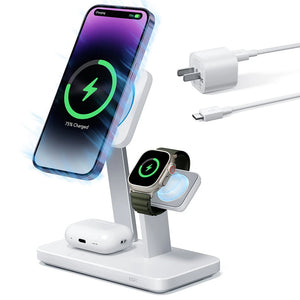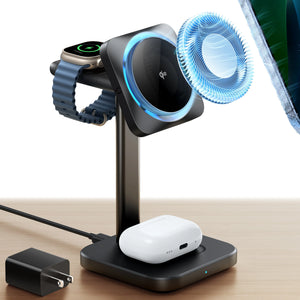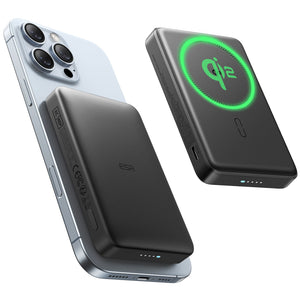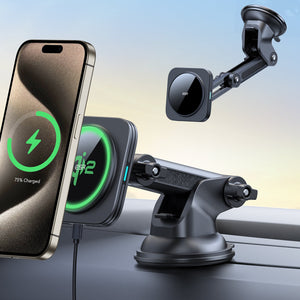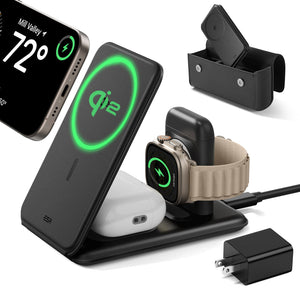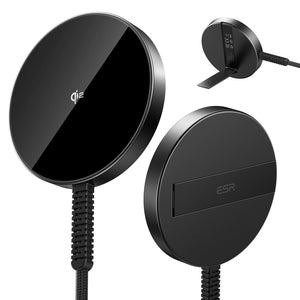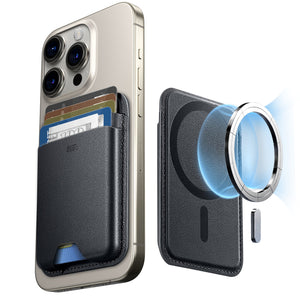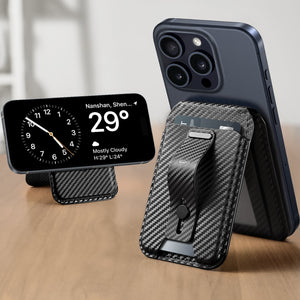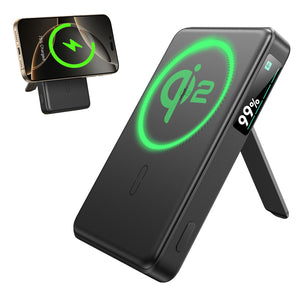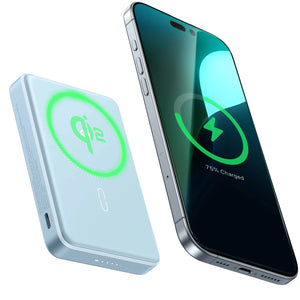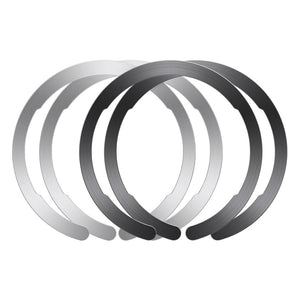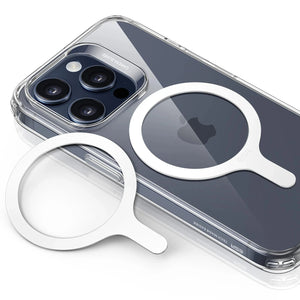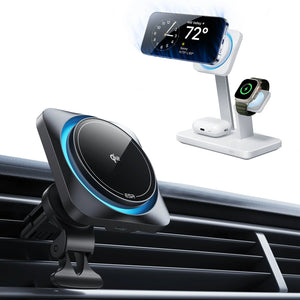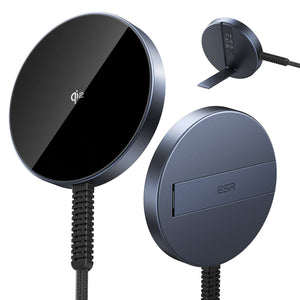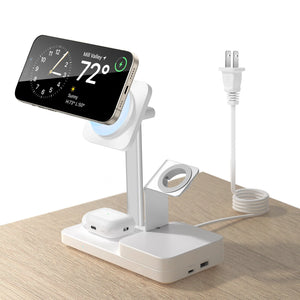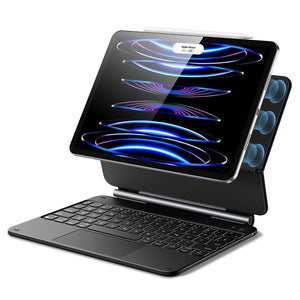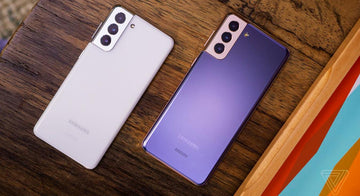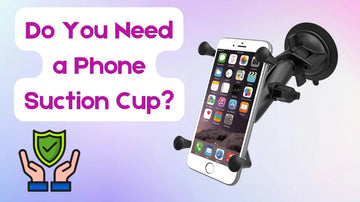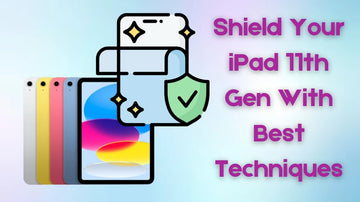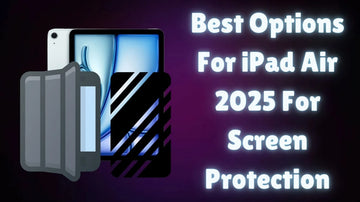The new Samsung Galaxy S21 trio provides a ton of substantial changes in comparison with the previous generation. But Samsung had a few edges with the new series and had to make some changes. The removal of expandable storage is perhaps one of the most significant changes.
Samsung’s S21 has no microSD card slot, unlike the prior years of the Galaxy S line. It turned out that speculations were genuine about the removal of the SD Card Slot, and none of the new Galaxy S21 variants comes with a slot, hybrid, or other microSD cards.
The memory size available in S21
In the new Samsung Galaxy S21 specifications, there are three available storage options; 128GB, 256GB, and 512GB. However, its 4K video recording feature can leave you short of space within a short time. Also, the lack of expandable memory will cause more harm with Google planning to limit the free storage space for Google Photos.
The Galaxy S21 vs. note 20 is worth mentioning. According to the Samsung website, the MicroSD slot in the S20 last year and the Note 20 is expandable to 1TB. Of course, this is a good cause for customers not to upgrade to the new S21 unless they are more concerned with performance and additional features.
The primary storage model of any S21 already includes 128GB/256GB, and other gadgets and services can last your phone without the use of microSD. And since you won’t be buying additional storage, you should save the money to purchase one of ESR’s best Galaxy S21 cases or opt for the best ESR Galaxy S21 Screen & Camera protectors. Doing this will help ensure that you enjoy this device for a long time.

How can you efficiently manage storage-related problems?
The fact that there is no available MircoSD in this new Galaxy S21 will probably discourage prospective buyers. This action by Samsung will not only further encourage the removal of narrative features. Still, it will also offer a severe dilemma for consumers who need extra storage, whether for mobile photography or otherwise.
Well, you do not need to have an expandable card before you can use your phone capacity to achieve whatever you wish to achieve; what you need is the proper way to manage your available space. That is why some people with the external card will still complain of insufficient space, and people without an expandable card will not complain. The difference lies in how you manage your memory space conveniently.
However, the tips below will guide you on how you can handle your storage-related problems efficiently:
Use of Cloud storage
Cloud storage, both free and paid, is an intelligent technique of adding storage onboard and allowing shared access. For unique content, creates rules for offloading of photographs and videos in the Samsung Cloud (15GB free of charge for each account on Samsung).
Cloud storage via one drive and others are necessary for users that need a lot of space on their phones.
Clear the cache
Smartphones employ a cache (stored data) to save your time when browsing on a particular website. This helps to improve your experience while browsing. Nevertheless, these stored files create memory disorders as they bulk up, and as a result, you also suffer lagging speeds and problems with internet connections. In addition, cache files occupy considerable space on your phone.
It is advisable to clear cache files because it helps to save space on your smartphone. If you wish to delete the cache files, go to your settings- click on the “Application” – select the “Application Manager” option from the menu. Then, select the application name you want to change. To delete redundant files, use the Storage button when you go to the Info application menu and the Clear Cache option.

“Free Up Space” Tool
Free up space function is included in nearly all the cellphones in the market, which helps delete unwanted files. You may also get the same from the Google Play Store if you do not find it on your smartphone. Follow the procedures for using the feature:
Go to the “Settings” menu and choose “Storage.” The “Free Up Space” key will pop up in blue; click it. A new page will pop up called “Remove items” on the screen that shows different file-occupied spaces.
Click the “Free Up – MB” button at the bottom of a check box next to each item type you’d like to remove.
DeX & Remove
You might be familiar with the Samsung DeX platform already if you have used phones like the Galaxy S8/S8+, Galaxy S9/S9+, Note8, and Note9. DeX is a practical solution to turn any monitor into a productive place that makes it easier for you to forget your laptop and travel. But if your phone is also your primary computing device, you will inevitably save more files. You can manage your files when you run DeX with a desktop UI, where apps, folders, and files are easy to drag, drop and remove.
Limit pictures and videos size
HDR, 4K, and 60fps are magnificent developments, but they are not worthy or necessary for every clip or shot. For example, images and videos shot outdoors are already highly sharp in bright light. Think about altering your default settings to a maximum compression of 1080p, 30fps, and then sharpness only in particular cases.
Remove unneeded applications
You could have specific programs or games you rarely use or play before installation. Information on apps that you don’t use so much is available in the storage area. You can uninstall this to free up additional space if you choose. If you can relocate apps to the SD card in prior models, remove them in the S21 forces before de-installing them.
Conclusion
Galaxy S21 is a smartphone that will help you perform your day-to-day activities. With it, you do not always need to carry your laptop all around. Aside from the unavailability of SD Card Slot in this product, the new S21 has made it perplexing for consumers interested in using the phone for photography and video. However, the phone will do well for anyone seeking to use the processor and other functions.
We hope that you can use your new Galaxy smartphone with ease with the few tips above.
